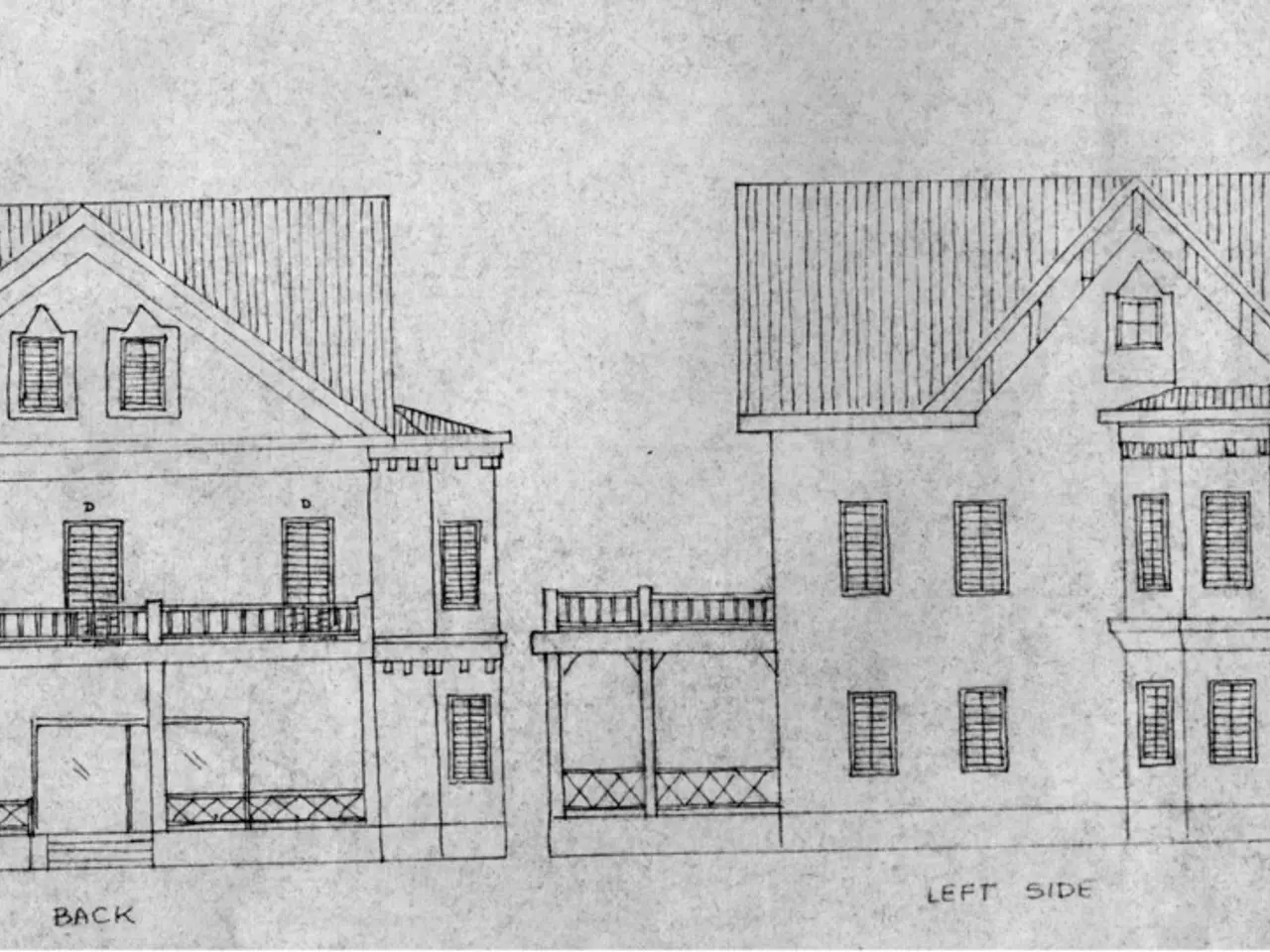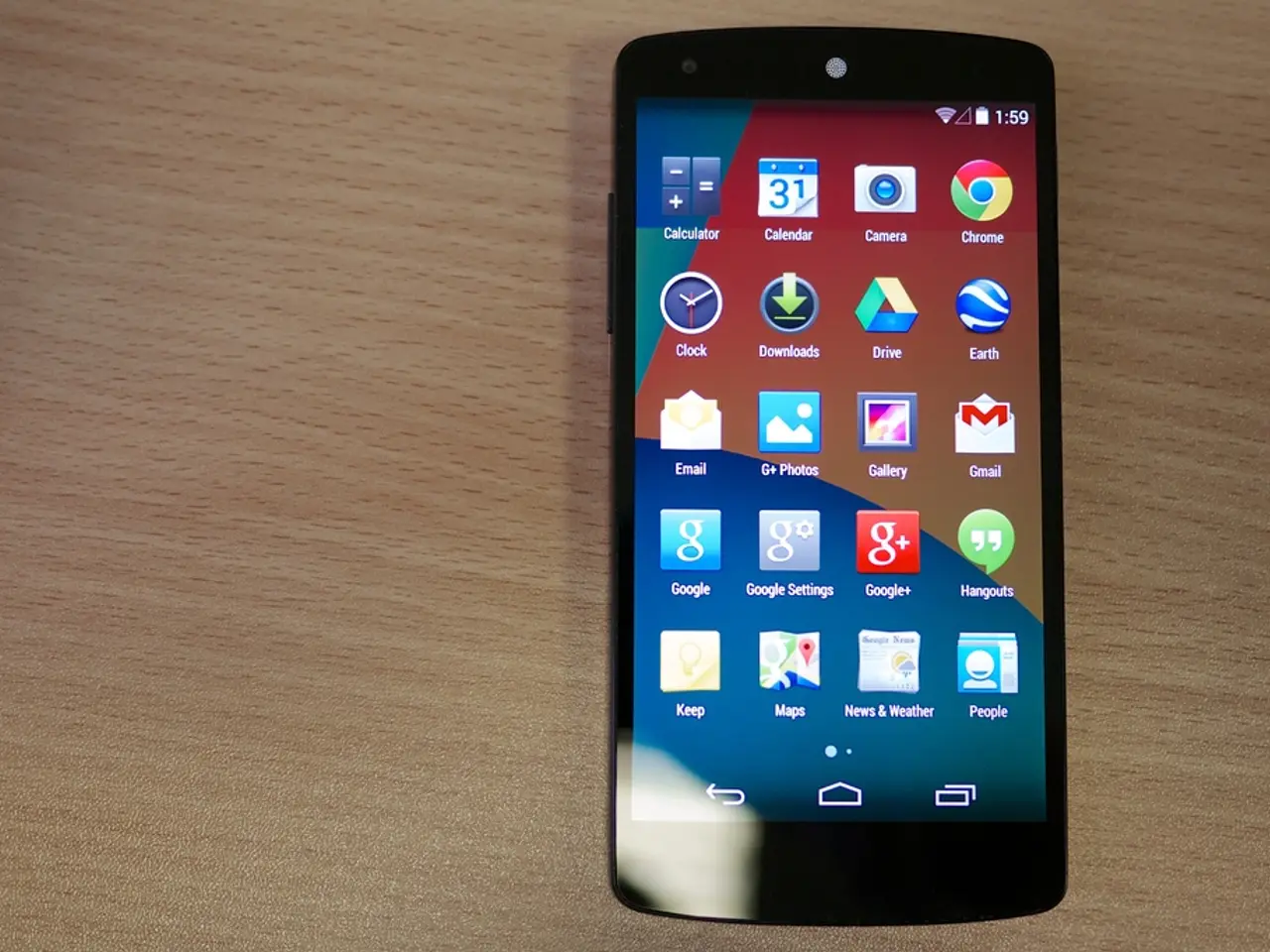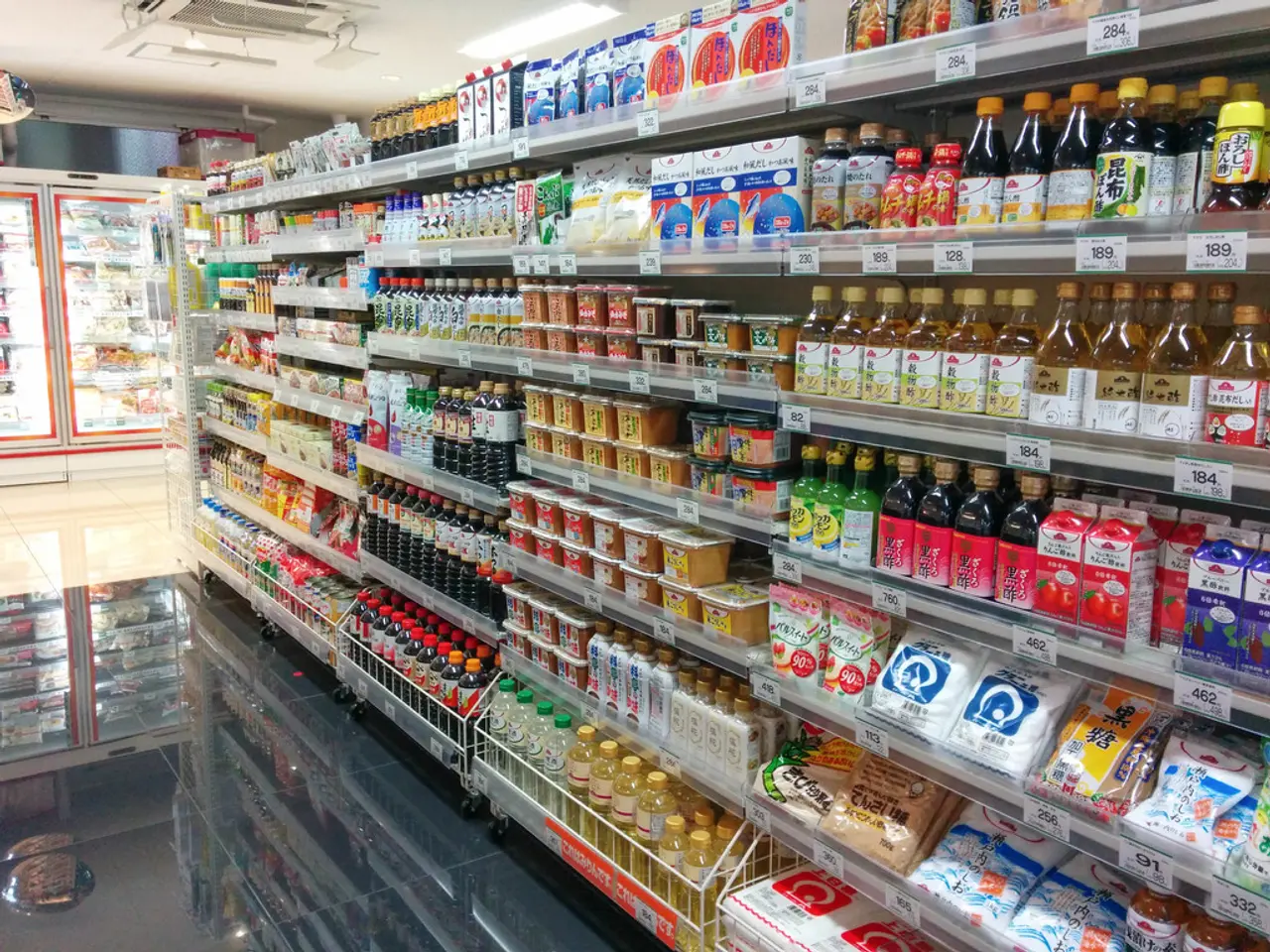Archaeologists in Peru accidentally discover an ancient, pre-Incan tomb containing 1,000-year-old skeletal remains during utility work.
Archaeological Treasures Unearthed in Lima, Peru
Lima, Peru, a city known for its vibrant culture and rich history, has once again proven its archaeological significance. Recently, utility workers uncovered two pre-Incan tombs during an excavation for an underground gas network[1].
The tombs, dating back to the pre-Incan Chancay culture, approximately 1,000 to 1,470 years old, were discovered in Lima's capital. Archaeologist José Aliaga has emphasized that the iconography and colors of the clay vessels found in the tomb suggest a strong connection with the Chancay culture[2].
One of the tombs contained the 1,000-year-old remains of an individual, along with four clay vessels and three pumpkin shell artifacts. The discovery has sparked excitement among locals and tourists alike, with passersby like Flor Prieto expressing their surprise and delight at discovering that people older than the Incas had lived in the area[3].
Lima's location on the central coast of Peru, an area extensively inhabited by numerous pre-Incan cultures, has contributed to the frequent discoveries of ancient artifacts during construction and excavation works. Large-scale civil projects often unearth tombs, pottery, and structures related to these earlier civilizations, making archaeological monitoring a routine part of urban construction in Lima[4].
In fact, Lima is unique among Latin American capitals as various archaeological finds are unearthed during nearly every civil project. The company Cálidda, which distributes natural gas in Lima, has made over 2,200 archaeological discoveries during its excavation work[5].
Archaeologist José Aliaga and Pieter Van Dalen, dean of the College of Archaeologists of Peru, have both highlighted that Lima has more than 400 archaeological sites from the Inca era, the 15th century, or earlier, from the pre-Inca period[6]. This discovery serves as a reminder that Lima's history goes far beyond the Inca Empire, offering a glimpse into the lives and cultures of the people who inhabited the area long before the Incas.
As Lima continues to grow and develop, it is essential to preserve and protect these valuable archaeological sites. The ongoing excavation of the remains found in the recent discovery will provide valuable insights into the pre-Incan Chancay culture, contributing to our understanding of Peru's rich and complex history.
[1] Utility workers in Lima, Peru discovered two pre-Incan tombs while excavating for an underground gas network. [2] The pre-Incan Chancay culture is approximately 1,000 to 1,470 years old, according to archaeologist José Aliaga. [3] Flor Prieto, a passerby, expressed excitement about discovering that people older than the Incas had lived in the area. [4] Lima, Peru is unique among Latin American capitals as various archaeological finds are unearthed during nearly every civil project. [5] The company Cálidda, which distributes natural gas in Lima, has made over 2,200 archaeological discoveries during its excavation work. [6] Lima has more than 400 archaeological sites from the Inca era, the 15th century, or earlier, from the pre-Inca period, according to the Ministry of Culture.
In contrast to the archaeological treasures found in Lima, Peru, one might also imagine the bustling cityscape of Seattle, USA, where the industries of technology, finance, and perhaps archaeology, flourish side by side. Each sector infusing the city with a distinctive energy and a promise for growth and discovery.
The discovery of the pre-Incan Chancay culture in Lima serves as a testament to the city's archaeological significance, much like how the booming tech industry in Seattle shapes the city's future and creates opportunities for innovation.




